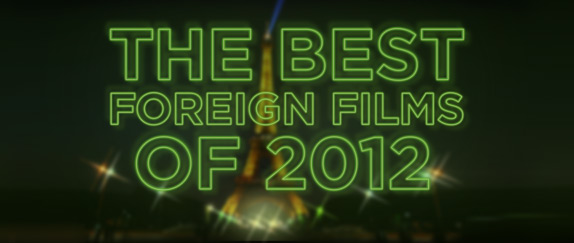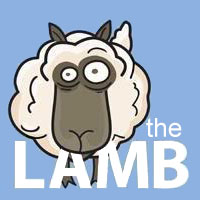
Genre: Drama
Director: Martin Tapák
Starring: Samuel Adamcík, Jozef Cierny, Emília Vásáryová, Stefan Kvietik
Language: Slovak
Duration: 84 min.
Summary:
The psychological portrait of a small Slovak village during late WWI.
The Living Scourge is a film by Slovak director Martin Tapák, adapted from a novel of the same name by Milo Urban. Originally shot as a two part epic for television, the film was also recut for theatrical release.
While the Czechs often tackled heavy subjects with light satire and frequently humorous free flowing stories such as Milos Forman's The Loves of a Blonde or Jirí Menzel's Closely Watched Trains, Slovak productions tended to be more lyrical, more conventional in structure, and also usually involved heavier hitting tales of individual hardship and tragedy. Not all of them mind you, but despite being governed as one unified state whose relaxed artistic policies allowed for the Czechoslovak New Wave to flourish, there remained a clearly distinct difference between the film industries of Prague and Bratislava.
Martin Tapák's The Living Scourge fits into this mold. It's a dramatic ballad set in a poor village towards the end of The First World War. The main thread follows a young woman named Eva (Emília Vásáryová) whose husband, not surprisingly named Adam (Stefan Kvietik), has just been conscripted to the war. They have a young son, and the first half of the film shows Eva toiling to survive and then cruelly taken advantaged of by the village notary with empty promises of getting Adam discharged from the front. The second half follows Adam who deserts the army to return to his family, and the tragic fallout that ensues.
Even though this was filmed for TV, you couldn't tell from the brilliant black and white camera work. Every shot is terrific, beautifully capturing the difficult life and times, and it's filled with strong poetic images. The performances are also wonderful and affecting, Vásáryová has a fragile beauty that comes across so well on screen; Kvietik who I first saw in Peter Solan's The Boxer and Death, commands an amazing presence on par with any other great actor from that time; and Mikulás Huba is chillingly effective as the quietly menacing, and soon to be despised Notary Okolický.
However, the narrative and the traditional way it's presented do feel dated. It might be because I saw the shorter theatrical cut and don't know what was left out, but this felt at times like watching an old and not so original piece of cinema. At least not compared to the other generally refreshing and inventive films of the era. Well made all around but remains a non essential curiosity.
— Bonjour Tristesse






























4 comments:
great looking film...and it sounds like its worth a watch on a lazy sunday afternoon
Looks great! Another one on the film watching list!
Thanks G. It is exactly that type of film
There are a lot of other films I would recommend first, but this is still worth a look if you do come across it.
Post a Comment